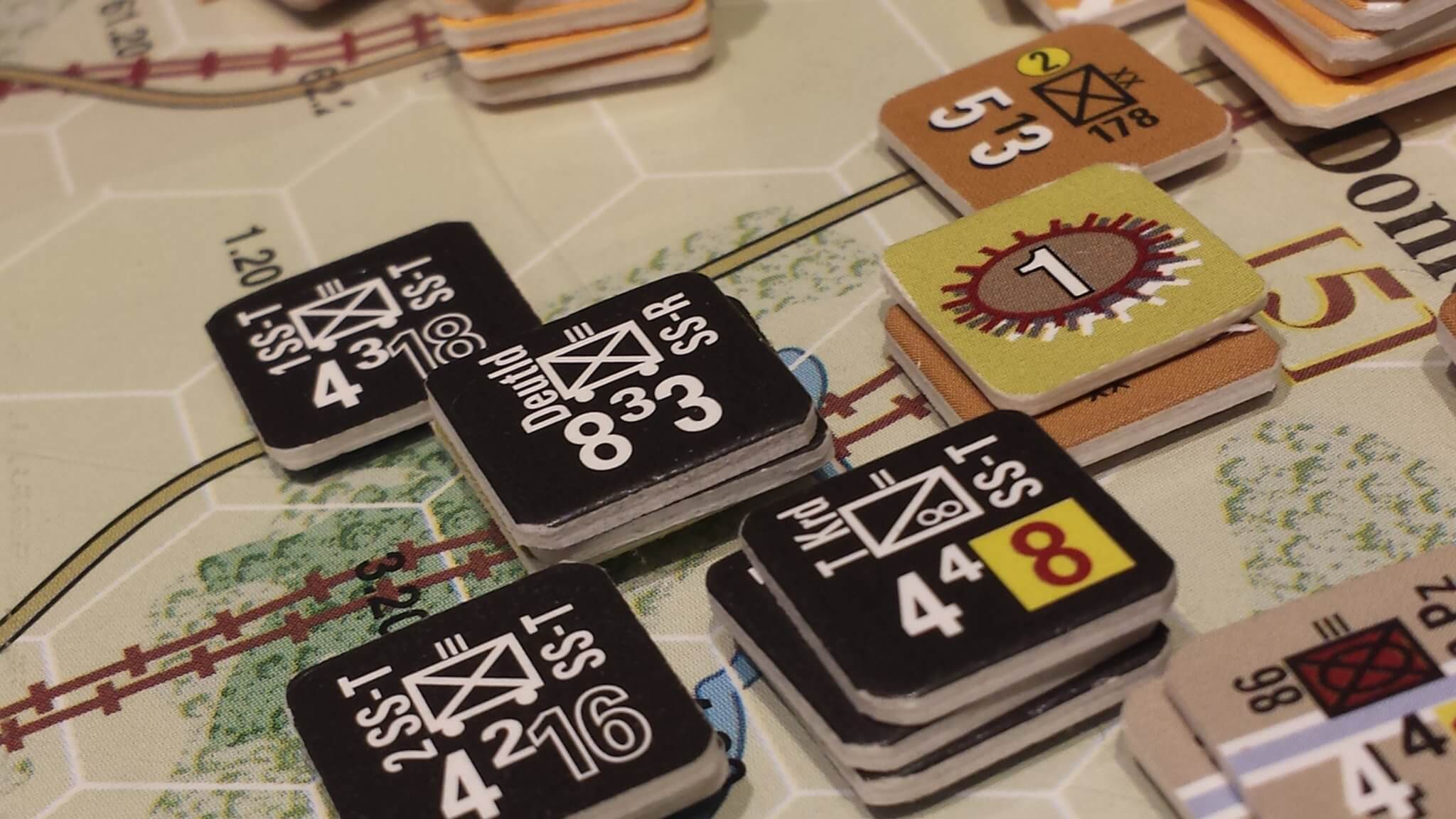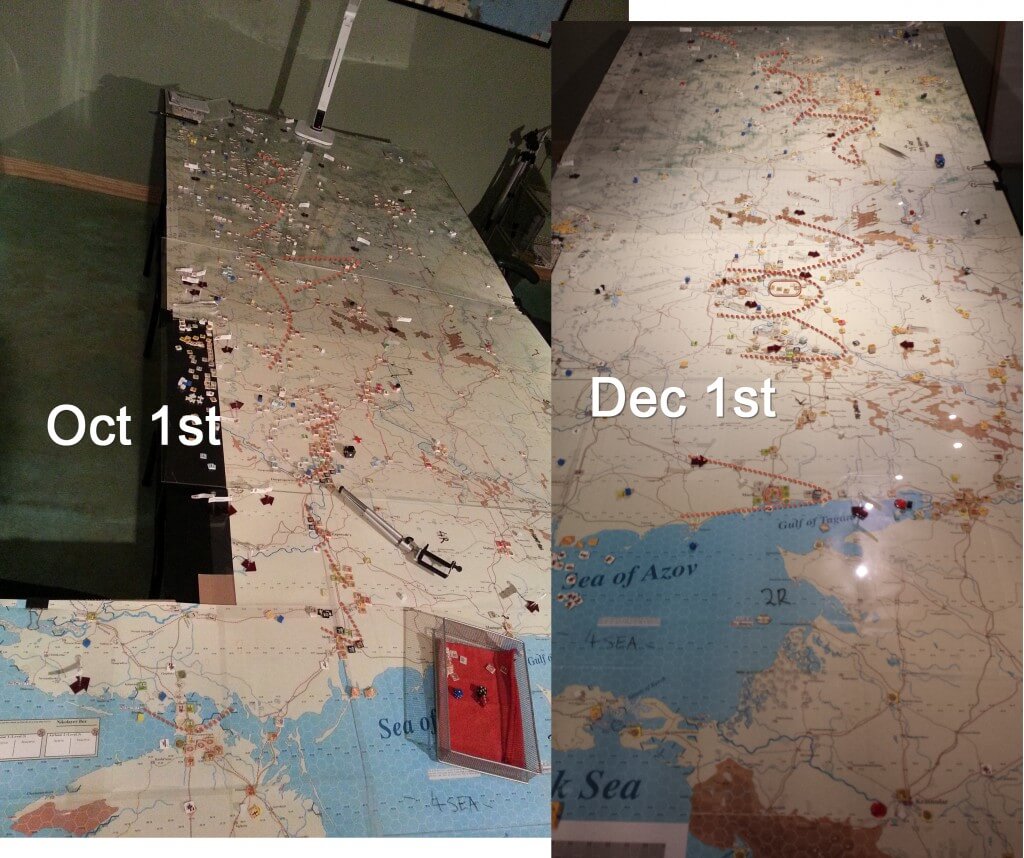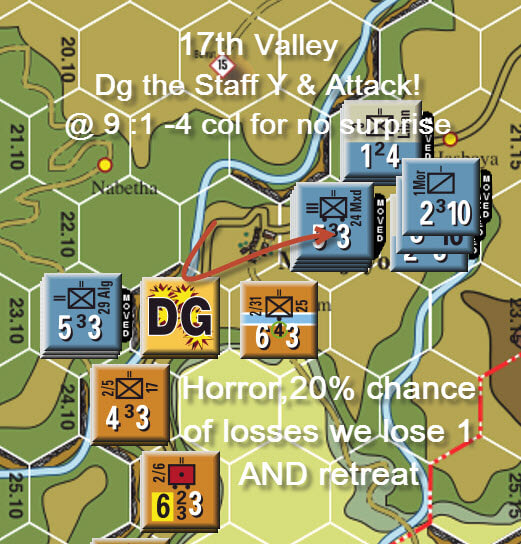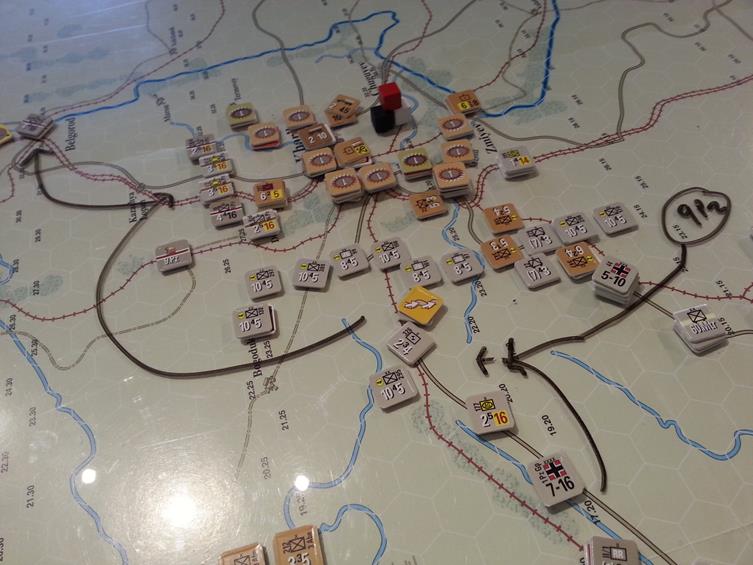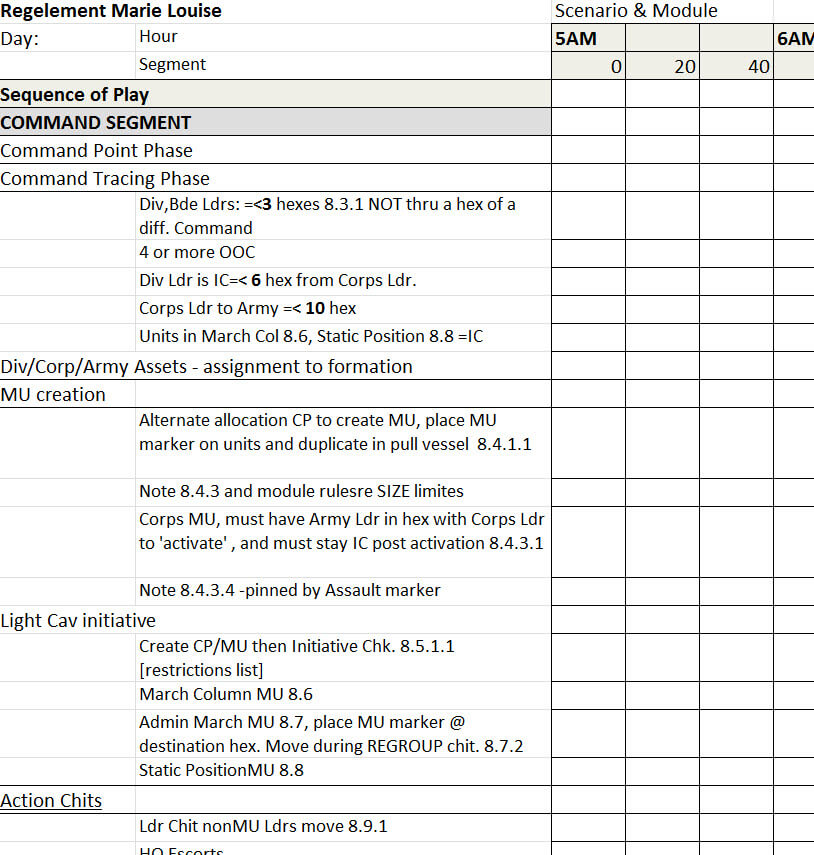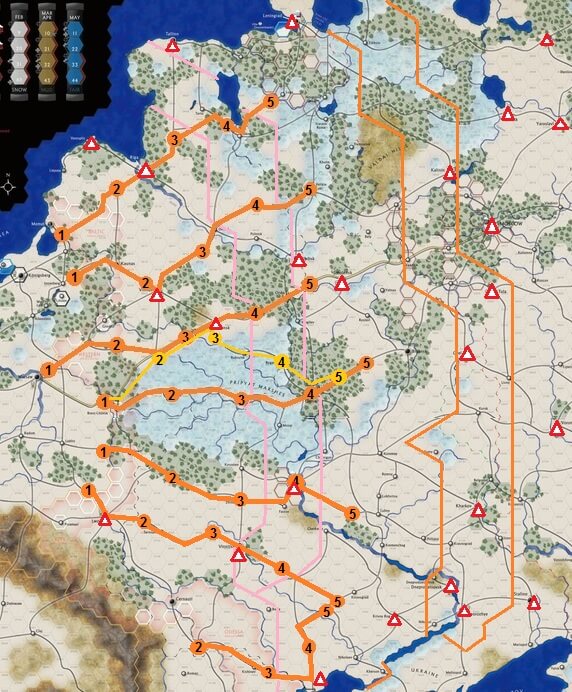I’ve now had a couple of questions posed to me in PM’s and on BGG regarding OCS and solo play. Yes, Yes asides the obvious – “Are you INSANE soloing Case Blue/ GBII?”. Folks are asking what is the best way to solo given the rules etc. While no expert in OCS nor soloing I do have a few things I like to do which I am sure many others also execute when in solo mode. I think the same constructs apply for many ‘larger’ or if not large more complex games we play solo.
But before I start I would encourage readers and followers to post your means of solo play for any game to make it ‘ solo friendly’ here in the comments. If there are enough insights I’ll compile them and add to the post as edits.
How big is it?
The first thing to consider is size. With a game that is huge, managing hidden units is really secondary to managing the many other facets of the game that matter more. Whereas in smaller titles such as Reluctant Enemies no such effort is required everything can be seen at a glance, so dealing with hidden units requires a little thought. Large titles by their sheer number of units will likely cause you to not recall exact information about a given stack or map segment. So your hidden data problem solves itself. Smaller games require some finesse.
Larger games in particular the OCS titles are going to have logistics networks that must be maintained and are reasonable to find and measure to and from, so with larger games in solo mode I add mini blocks to denote supply hubs reinforcements and even HQ locations. You would not do that in a 2 player game. Larger games will also have units that historically fought together or work best in unison – in combined arms models, using tokens or something to denote those special units for your offensive is a good idea.
Perfect Knowledge
In smaller games certain knowledge is hard to contain and keep restricted from yourself. Thus I make it a policy to keep the weakest unit on top of stacks and allow myself to surmise the ‘potential’ value of the stack based on what I can see at a glance when filling the enemy role.
One thing that not many people probably do is make a plan for each side. For a given set of turns – usually a month I will allocate each side a plan of action to stick by. They can be detailed (often a fun exercise in of itself) or summary level. this prevents the Gods eye view reaction to the enemies moves. If a unique situation presents itself I’ll roll a die or some such.
Staying on track
It is often hard in games with either long sequences of play, or involved mechanics or thought provoking choice matrices to stay on track in a given turn. Here I invest the time to create a sequence of play on a sheet of paper and add the turn track. I’ll insert the turn specific rules, special dates and add a detailed sequence of play.
Game play interaction
What do you do when you have a choice to intercept? What do you do when you can release a reserve to aid a location? In these situations let your Generals mind make a calculated choice, is this an important decision? Is it a ruse? OMG – you just fooled yourself. 
Cheating!
When things don’t go your way what do you do? The biggest frustration playing a big game can be putting a huge effort into a plan and rolling that dreaded 1 or 2. Do you re roll? Here I make sure that remove all the excuses, I have a ‘perfect’ die rolling box, and do my best to eliminate the excuses for re rolls, do overs, take backs and general hackery. Do the same and live with it, just as you would in a face to face game. That said, if rules errors or fundamentally stupid play causes a silly situation to arise, I do indeed roll back a turn, or take back actions. Better to catch it and make the right move that perpetuate a nonsense.
Are you having fun?
Yes? Carry on go for it enjoy. If not, find a friend and break them down and show them the light of wargaming.
